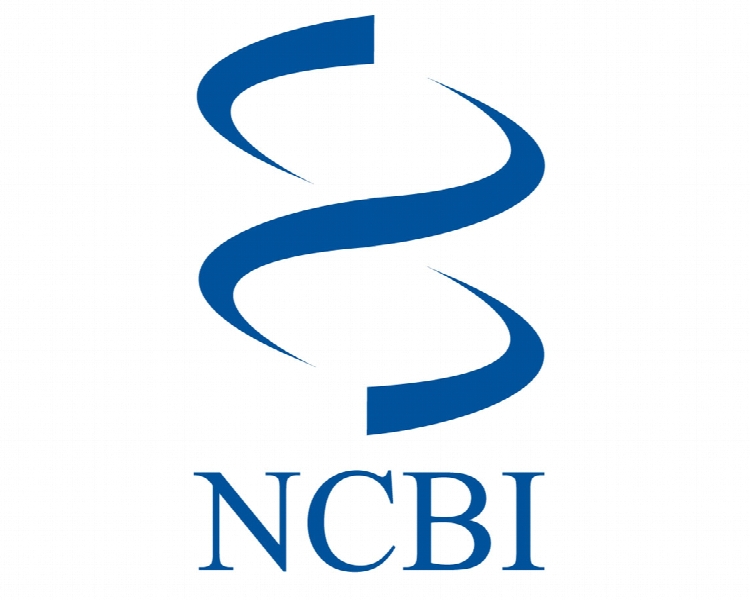ناباروری زنان با منشا اندوکرین Female infertility of endocrine origin
- نوع فایل : کتاب
- زبان : انگلیسی
- ناشر : NCBI
- چاپ و سال / کشور: 2017
توضیحات
رشته های مرتبط زیست شناسی، پزشکی
گرایش های مرتبط بیولوژی تولید مثل، علوم سلولی مولکولی، ژنتیک
مجله
دانشگاه Instituto Estadual de Diabetes e Endocrinologia Luiz Capriglione (IEDE),Rio de Janeiro, Brazil
نشریه نشریه NCBI
گرایش های مرتبط بیولوژی تولید مثل، علوم سلولی مولکولی، ژنتیک
مجله
دانشگاه Instituto Estadual de Diabetes e Endocrinologia Luiz Capriglione (IEDE),Rio de Janeiro, Brazil
نشریه نشریه NCBI
Description
ABSTRACT Infertility is defined as the failure to conceive, with no contraception, after one year of regular intercourse in women < 35 years and after 6 months in women > 35 years. A review on causes, management and treatment of endocrine causes of female infertility was performed. Epidemiological data suggest that around 10% to 15% of couples are infertile. Anovulatory problems are responsible from 25% to 50% of causes of female infertility. Advanced age, obesity, and drugs, have a negative effect on fertility. Different hypothalamic, pituitary, thyroid, adrenal, and ovarian disorders may affect fertility as well. Infertility is a growing phenomenon in developed societies. We here provide information about how to identify endocrine patients with ovulatory dysfunction. Women must be advised about limiting factors to be avoided, in order to protect their fertility. Arq Bras Endocrinol Metab. 2014;58(2):144-52 NTRODUCTION I nfertility is defined as the failure to conceive after one year of regular intercourse in women < 35 years not using contraception and after six months in women > 35 years (1). Epidemiological data suggest that about 10% to 15% of all couples will experience difficulties to conceive (primary infertility) or to conceive the number of children they wanted (secondary infertility). Based on a survey performed in developed countries, the World Health Organization (WHO) estimates that female infertility accounts for 37% of causes in infertile couples, male infertility for 8% and both – male and female infertility – for 35%. Five percent of couples have unexplained infertility and 15% became pregnant during the study. The most common identifiable factors that accounted for female infertility, were ovulatory disorders (25%), endometriosis (15%), pelvic adhesions (11%), tubal blockage (11%), other tubal abnormalities (11 %), and hyperprolactinemia (7%). Other reports describe ovulatory disorders as responsible for more than half of the causes of female infertility (2).


